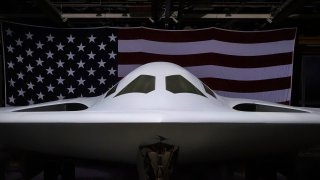The U.S. Air Force May Only Get 100 B-21 Raider Stealth Bombers
The U.S. Air Force may limit its acquisition of the Northrop Grumman B-21 Raider to 100 aircraft, according to recent statements by senior officials to Senate and House committees.
Summary: The U.S. Air Force may limit its acquisition of the Northrop Grumman B-21 Raider to 100 aircraft, according to recent statements by senior officials to Senate and House committees. The B-21, regarded as the next generation of the U.S. bomber fleet, faces uncertainty due to potential future technological advancements that could surpass its capabilities before the completion of the initial 100 bombers, expected in the mid-2030s. Although originally planned for at least 100 units, strategic decisions about increasing this number will be deferred until the mid to late 2030s. Meanwhile, the Air Force plans to maintain its Cold War-era B-52 Stratofortresses alongside the new Raiders, phasing out B-1B Lancers and B-2 Spirits. The high costs associated with the advanced B-21, estimated at $700 million per unit, also play a significant role in these procurement decisions.
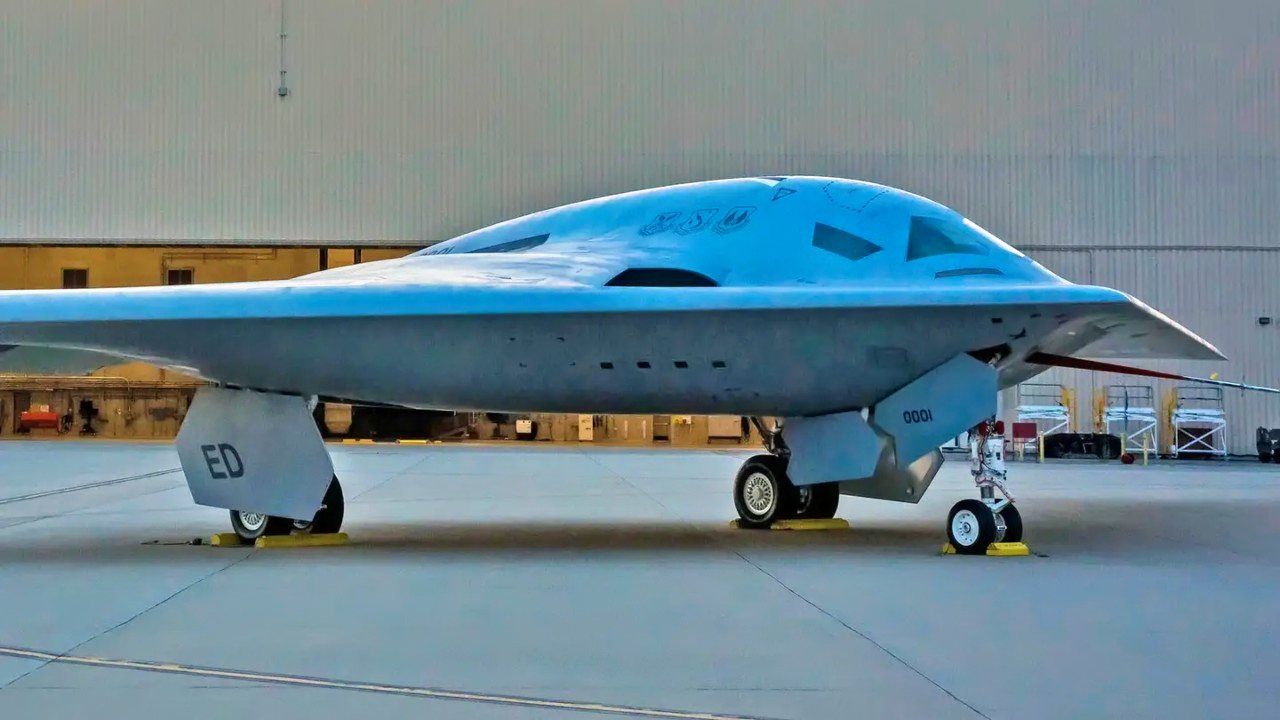
U.S. Air Force May Cap B-21 Raider Purchase at 100 Bombers Amid Technological Uncertainties
The United States Air Force may cap its purchase of the Northrop Grumman B-21 Raider at just 100 aircraft, a senior Air Force official explained to the Senate Armed Services Committee on Tuesday. Even as the B-21 Raider has been seen as the "future" of the United States Air Force's bomber force, the concern is that better technology could be developed even before the delivery of the 100 bombers is completed.
Air Force Chief of Staff Gen. David W. Allvin told Senate lawmakers that 100 hundred B-21s "is the program of record," and that the service remains hesitant to commit to additional aircraft.
"I think we're not going to reach that number until probably the mid-2030s and beyond," Allvin told the SASC. "I think there are other technological advancements that we would see to be able to augment that."
It was in March that another Air Force official also told House lawmakers that a final decision on the number of B-21s wouldn't be considered until the mid-2030s.
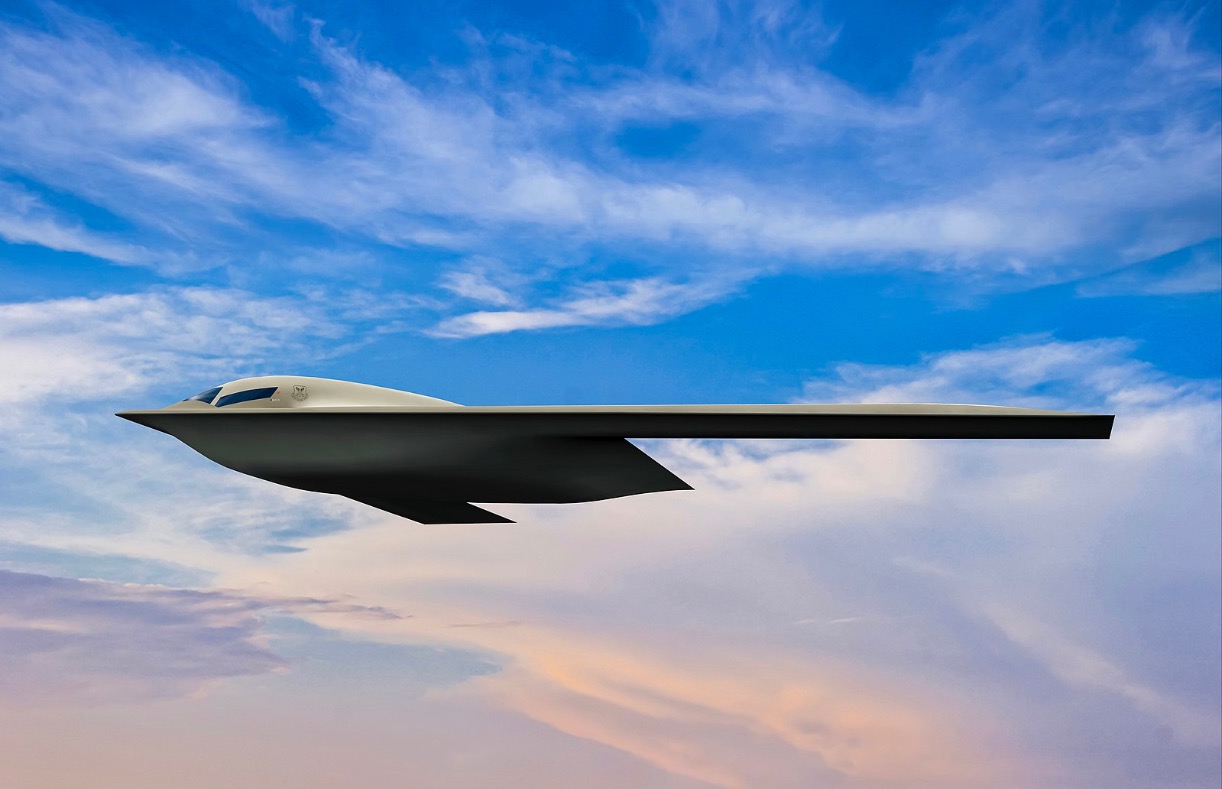
"The decision point, with lead time accounted for, to go past 100 is not until the mid to late '30s," Lt. Gen. Richard G. Moore Jr. told lawmakers on the House Armed Services Committee on March 12.
"So the commitment right now is to 100 aircraft. That takes us for procurement into the late '30s," Moore added. "The decision whether or not to go past that may very well not be based on China, because it will be made at a time when we don't foresee the security environment and we don't need to."
As reported by Air & Space Forces magazine, the original 2015 requirement for the B-21 Raider was 80 to 100 airframes, which was subsequently upgraded to "at least 100." However, the heads of the Global Strike Command and various think tanks have been critical of the number, and have called for as many as 225 to 250 of the advanced long-range bombers to maintain the U.S. military's strategic advantage.
The U.S. Air Force remains committed to keeping the Cold War-era B-52 Stratofortress in operation alongside the B-21 into the 2040s, while gradually retiring the B-1B Lancer and B-2 Spirit in the coming decade as the Raider enters service.
The Next Generation Bomber
The B-21 Raider, which took its maiden flight last November, was developed to be the multifunctional backbone of the modernized bomber fleet, gradually replacing the aging Rockwell B-1 Lancer and B-2 Spirit bombers now in service.
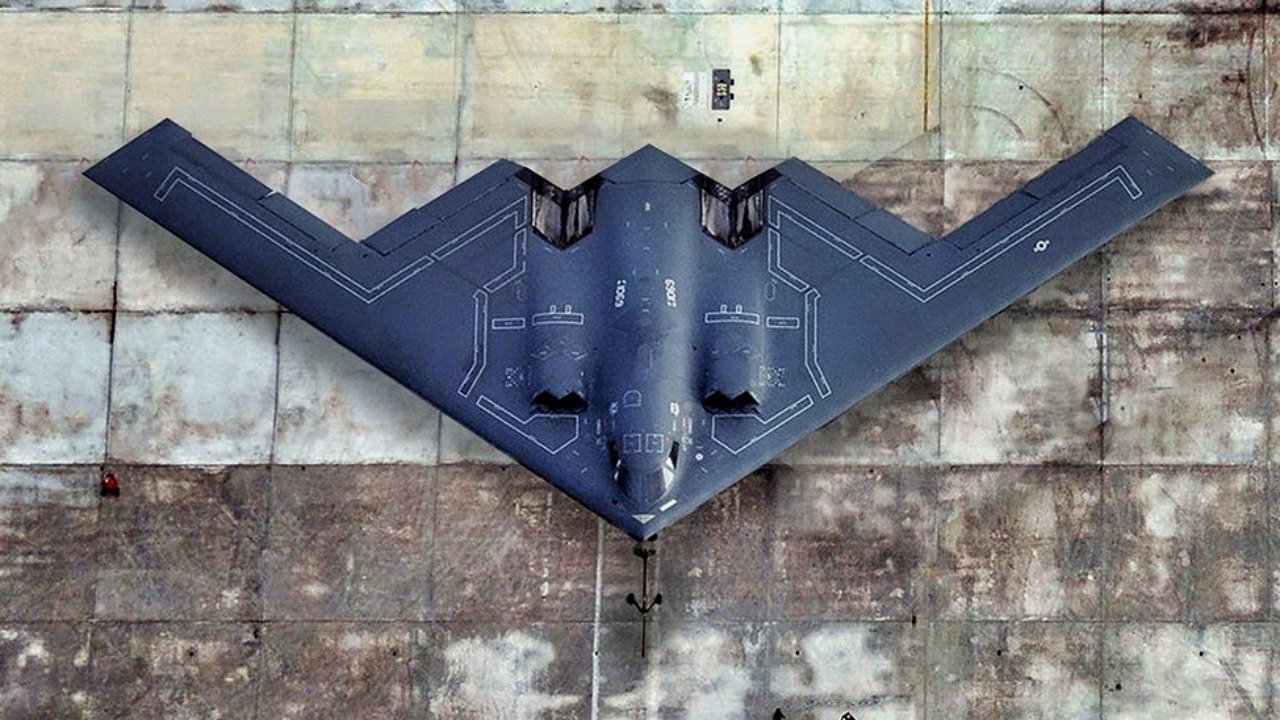
A dual-capable penetrating strike stealth aircraft, the B-21 will be capable of delivering both conventional and nuclear munitions. While similar in appearance to the B-2, the Raider is actually a generational leap in aircraft technology and development. Six prototype aircraft are in various stages of production, and they are being built on the same lines, using the same tools and processes that will build the eventual production aircraft.
It currently remains unclear whether the U.S. Air Force will reach the minimum of 100 bombers requested by 2039. That will require an annual production of six or seven bombers, yet the service hasn't disclosed how many aircraft are being produced throughout the Low-Rate Initial Production (LRIP) phase, which the bombers entered in January.
At issue is still the cost of the bombers.
In addition to the Raider being the most advanced aircraft built to date, it could also be among the most expensive planes to ever fly, with each costing around $700 million. In the end, that could certainly affect how many are built.
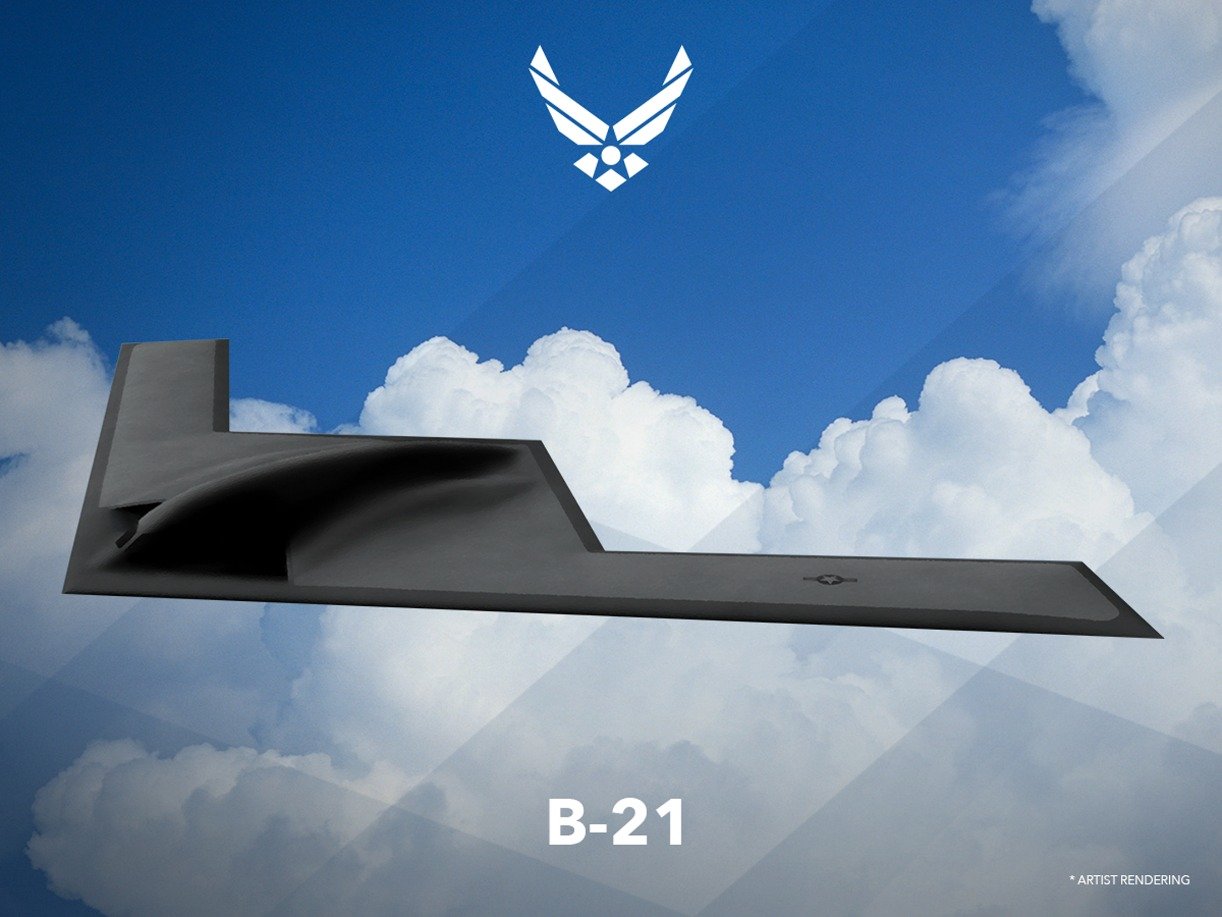
Author Experience and Expertise: Peter Suciu
Peter Suciu is a Michigan-based writer. He has contributed to more than four dozen magazines, newspapers, and websites with over 3,200 published pieces over a twenty-year career in journalism. He regularly writes about military hardware, firearms history, cybersecurity, politics, and international affairs. Peter is also a Contributing Writer for Forbes and Clearance Jobs. You can follow him on Twitter: @PeterSuciu.
You can email the author: [email protected].
All images are Creative Commons.


